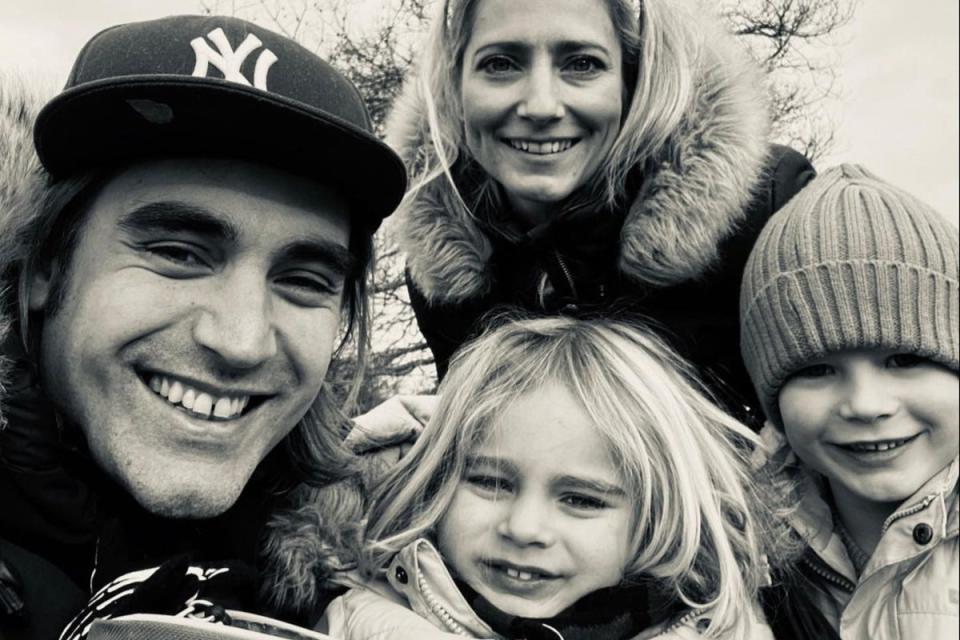What is secondary drowning? Busted’s Charlie Simpson’s warning after son rushed to hospital

Busted star Charlie Simpson has warned parents of the dangers of “secondary drowning” after his son Jago was rushed to hospital.
While on a family holiday, four-year-old Jago had been swimming at the hotel pool when he came to the surface “spluttering and choking.”
Simpson said “it was momentary, nothing seemingly unusual for kids to experience,” and that Jago “seemed fine and happy and was completely normal for the rest of the day.”
But after appearing to recover, he later became lethargic and projectile vomited.
A doctor initially diagnosed Jago with food poisoning, but after Simpson mentioned his son had coughed after swimming and raised his concerns about secondary drowning, the doctor urged Simpson and his wife to take Jago to A&E.
He drifted in and out of consciousness on the way to the hospital before scans found that the four-year-old had water in his lungs and was “minutes away from pneumonia.”
Jago spent three days in hospital before recovering.
Simpson shared the symptoms and signs of secondary drowning to look out for and said: “I truly hope no one ever has to experience this but I hope to be able to raise some awareness of this frightening condition in case they do.”
So what is secondary drowning and what should parents look out for?
What is secondary drowning?
Secondary drowning is not a medical term, but drowning is defined as “the process of experiencing respiratory impairment from submersion or immersion in liquid,” according to the Centres for Disease Control and Prevention (CDC).
The term “secondary drowning” generally refers to the complications that can occur after someone gets into difficulty in the water and a small amount of water enters their lungs.
These symptoms usually appear hours after being in the water, but not as long as days later.
Symptoms of secondary drowning
Mike Dunn, deputy director of education and research of the Drowning Prevention Charity, told Patient.info: "The symptoms that your child may experience are linked to lung injury and reduced oxygen in the blood, including dizziness, tiredness, nausea, persistent coughing, difficulty breathing, chest pain and a change in behaviour.”
Paediatrician Dr Tamara Bugembe told Patient.info: "Symptoms can range from spurts of coughing, wheezing, rapid breathing with nostrils flaring and an increased effort in breathing where your child has to really pull in at the base of their neck or under the ribcage to suck in sufficient air. Your child may also become irritable or lethargic and, in some cases, develop a fever.
"Pneumonia can sometimes develop after the initial event and this can take days to occur with similar symptoms as those I have already described.”

When to seek help for secondary drowning
If your child experiences a water incident, encourage them to cough and observe them closely, advises Dr Tamara Bugembe.
If a child develops any of the symptoms mentioned above after a water incident, seek medical attention and tell the doctor what happened in the water.

 Yahoo News
Yahoo News 
